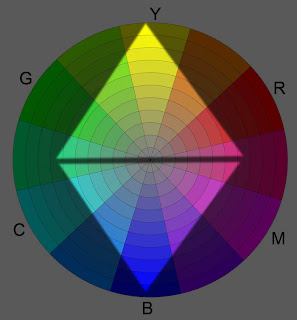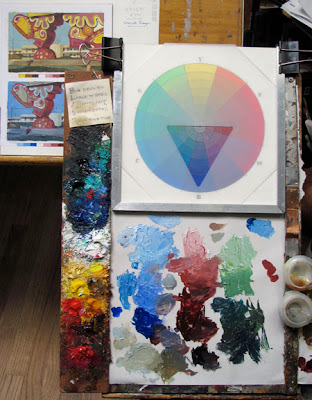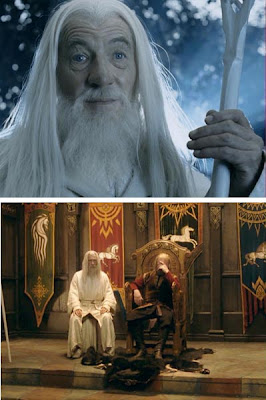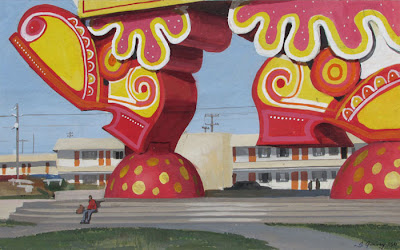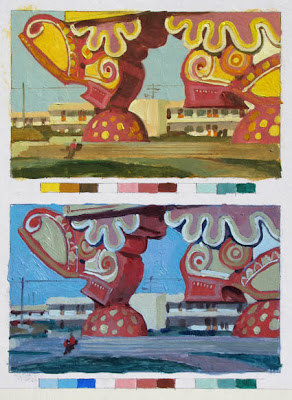
The animators didn’t exactly trace the photos. They found all sorts of ways to enhance and exaggerate the action, and there were a lot of giant lizards and pterosaurs that had to be completely hand drawn.
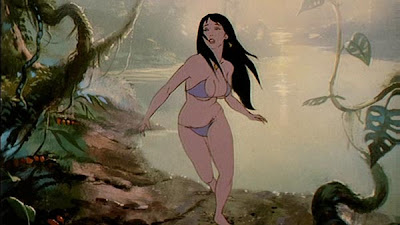
This rotoscoping process was kind of an ancestral analog version of the digital motion capture methods used nowadays on Avatar and the new Planet of the Apes. Director Ralph Bakshi had developed his rotoscope technique on American Pop, the film he produced and directed before Fire and Ice.
Bakshi oversaw all the staging and blocking of the scenes and worked closely with the actors on the set. Bakshi was fun to be around, always razzing us, drawing cartoons, and talking art. The building didn’t have a proper intercom system, so he’d yell into the ventilation system: “COFFEE!”
I was near a vent, so I yelled back, "NO COFFEE." He responded, "GET TO WORK, SLAVES!"
Ralph invited me to the set during one of the days of shooting and I did some sketches of cast and crew, but I can’t seem to locate that sketchbook.
The backgrounds were planned by layout artist John Sparey and drawn out in pencil by background layout Tim Callahan (who appears at 4:37). Though most of my time was taken up with painting the backgrounds, I sometimes contributed design work. We were all stumped by what the throne of Nekron, the ice king, should look like.

I went home and sculpted a wax maquette inspired by the Laocoön. Nekron seemed like sort of a tortured fellow, so an image of a gargoyle wrestling with a giant snake seemed to fit him. After using the maquette for reference I put it in the back of my car and forgot about it. On a hot day and it half-melted into a pathetic lump.
Tomorrow I’ll wrap.
Other posts in this series:
Part 1: Fire and Ice -- Rekindled
Part 2: Fire and Ice -- Frank Frazetta
Part 3: Fire and Ice -- Tom Kinkade
Part 4: Fire and Ice -- Ralph Bakshi
Part 5: Living Inside Paintings
Wikipedia on Rotoscoping
Wikipedia on Ralph Bakshi
Wikipedia on the original Fire and Ice.




































